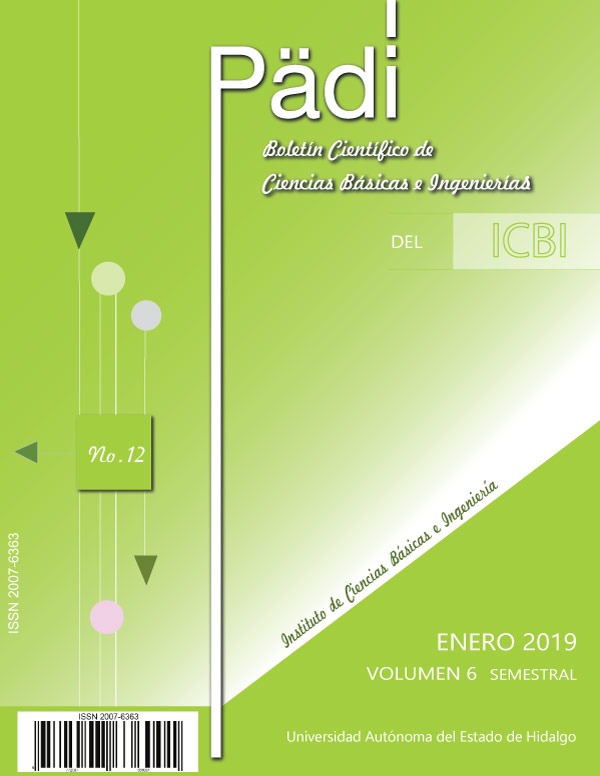Deterioration, Risk and Opportunity in the Study of Aqueducts of the Viceroyalty of the XVI Century
Abstract
The present work is a fragment of the investigation of the constructive techniques in the aqueduct factory of European influence, refers to how they were conceived by the mix between indigenous culture and European culture, with contributions of each culture in the hydraulic systems built in the century XVI during the viceroyalty, in the current state of Hidalgo, this resulted in part of the local evangelization, regional urban development, economic development and agricultural production in the haciendas. The current fragment is focused on the risks detected in the sites where the aqueducts are located, highlights the phenomenon of progressive destruction by the surrounding population, abandonment of the authorities, ignorance about a correct action on the monument, worsened by the weathering of elements exposed by its location, as well as some natural phenomena that put at risk the integrity of the aqueducts. In conclusion, the best form of conservation is empathy with the monuments, the understanding of its importance on the part of the inhabitants and a periodic record of its physical state
Downloads
References
Gerhard, P. (1986). Geografía histórica de la nueva España (1519-1821) (1ra ed.). México: UNAM. Hernández
Sampieri, Roberto. (2010). METODOLOGÍA de la investigación (5a ed.). México:
McGRAW-HILL
Icaza Lomelí, Leonardo Federico. (1990) arquitectura civil en la nueva España, 25 ejemplos de la región Puebla-Tlaxcala, tesis presentada en UNAM, México.
Jurado, F. (1995) “Acueducto de Segovia” en informes de la construcción número 437, vol. 47, mayo- junio. Ed. CSIC. España.
Legorreta Gutiérrez, Jorge R. (2006) El agua y la ciudad de México: De Tenochtitlán a la megalópolis del siglo XXI, México Ed. UAM.
Mertens, D. M. (2015). Research and evaluation in education and psychology: Integrating diversity with quantitative, qualitative, and mixed methods (4th ed.). Thousand Oaks, CA: Sage.
Monterrubio, A. L. (1998). Catálogo del patrimonio cultural del Estado de Hidalgo. Región I.Tomo II. Ciudad Nezahualcóyotl: Gobierno del Estado, Consejo Estatal para la Cultura y las Artes de Hidalgo.
Muñoz Razo, Carlos. (2011). Como elaborar y asesorar una investigación de tesis (2a ed.). México: Pearson .
Peña Santana, Patricia (1989). Historia de la hidráulica en México. México: Ed. Morelos.
Ramírez de Alba, Horacio. (2013) “El Acueducto de Guadalupe, monumento histórico en riesgo” en revista CIENCIA ergo-sum número 2, año 20, julio-octubre, Ed. UAEMex, Toluca. http://cienciaergosum.uaemex.mx/index.php/ergosum
Real Academia Española. (2014) Diccionario de la lengua española (23a ed.). Consultado en: http://dle.rae.es/
Ruskin, John “Las 7 lámparas de la arquitectura” (1956) Buenos Aires, ed. EL ATENEO














